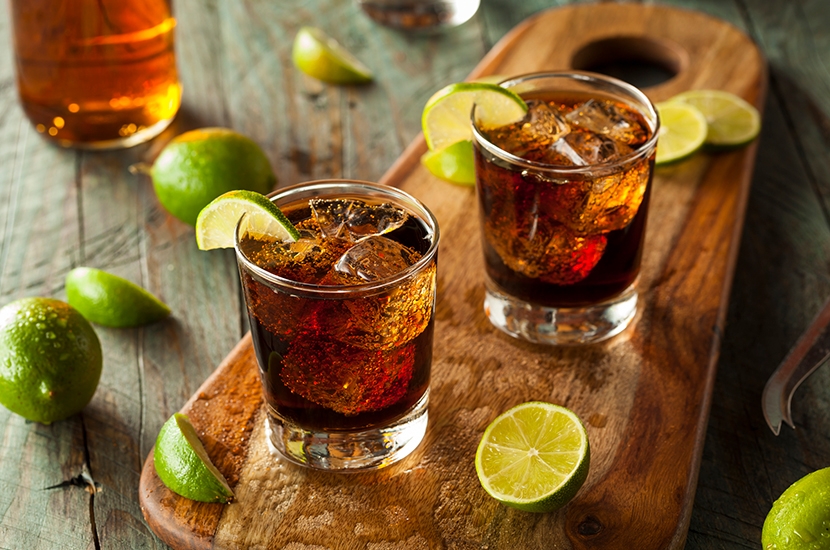Walking up through the Stink Street medieval arch with a bag of shopping, I spotted Michael between the oleander branches seated in front of his ancient cottage having a drink. Stink Street is so called because it is just without the old town walls and in medieval times pigs were kept there. At this time of year it’s not easy to walk up Stink Street after midday without one or other of the cottagers inviting you to join them for a glass. And it was just after six and I deserved one.
Stink Street runs uphill steeply and has only recently been dressed with its first layer of tarmac. Michael’s little front terrace nestles close by to the road. I joined him at his shaded round table and placed on it the bottle of Aspras rosé I’d bought in the village shop as an impulse buy ten minutes previously. Aspras is local wine connoisseurs’ favourite tipple and I had been surprised to see it there on a shelf in its champagne-shaped bottle, the pinkness within delicate as the dawn, and priced at only €8. As a former chairman of the village wine-tasting club, Michael eyed the bottle speculatively for a second or two before offering me a glass of what he was drinking.
‘Right,’ he said, reaching for an old bottle containing an opaque brown liquid, the composition of which was impossible to guess at, and passing me a flat-bottomed Duralex tumbler, which is what everyone around here sucks their wine out of. ‘I want you to taste this and tell me what’s in it.’
Michael is always giving you something mysterious to drink and asking you to guess what’s in it. Often it’s something from the 1950s or ’60s, bought from the massive car-boot sale held every Sunday down on the coast of which he is a big fan. He leaves the house an hour before sunrise, his journey timed to arrive as this one particular eccentric character is setting up his old-bottle stall. Nearly always Michael comes away with ‘something quite interesting’ in exchange for a euro or two.
He primed my tumbler with an ice cube and asked me to choose between a fresh sprig of mint or vervain. I sat lightly on the question but chose vervain. Then he ran the flesh of half a lemon around the rim and tipped in the stuff, filling the tumbler to about halfway. This he topped up with a car-boot sale white poured from an antique lemonade bottle.
Michael’s taste inquisitions are always conducted with civility, allowing one plenty of time to interrogate the effects of whatever it might be on the nose, palate and very often consciousness. The conversation flows on and you can leave it, then come back to it. And knowing full well that his cocker spaniel Jagger has a more discerning palate than I do, his invitations to me to follow him into the wilderness of oenology are extended with a light heart.
This was like nothing I’d ever tasted before. I liked it and drained the tumbler. In the habit of presenting my caprices and addictions as reasoned plans or diligent inquiry, I told Michael I’d better have another stiff one to complete my investigation. When this second one was down to about halfway, Michael steered the conversation back to the question of what I thought I might be drinking.
‘Oranges?’ I said. A wild guess. ‘Excellent!’ said Michael, pleased with his promising pupil. ‘Anything else? Fish maybe?’ I said that yes, now that he came to mention it, I could taste fish. ‘And what about nuts?’ For the first time I took a careful sip and sluiced it through my teeth. ‘Nuts, no,’ I said.
Disappointed but not disillusioned — one out of three was probably the best he could hope for — he listed the ingredients. These were: six bottles of dusty car-boot sale wine, two sweet, four dry, some without labels, but including a 1967 Yquem and a 1973 Tokay d’Alsace. A bottle of homemade marc, age unknown, unlabelled. Six pickled walnuts. One jar of homemade orange marmalade. One nutmeg. Six cloves. A teaspoon of saffron. Two teaspoons of lapsang souchong tea. Two anchovies. Method: mix together, leave for 40 days, strain.
Michael is a great experimenter with food and wine, so for me there were no real surprises in any of that save perhaps the anchovies. He classified the result, he said, as a ‘picked walnut vermouth’. This particular blending he was calling his ‘Vin de Noix Puade’. I said it was ‘lovely’ and perhaps before I went I should have another glass to see whether I could identify the smoky tea flavour. Mightily glad, Michael poured me out another and we clinked tumblers as the butter in my shopping bag softened and the snails defrosted.







Comments